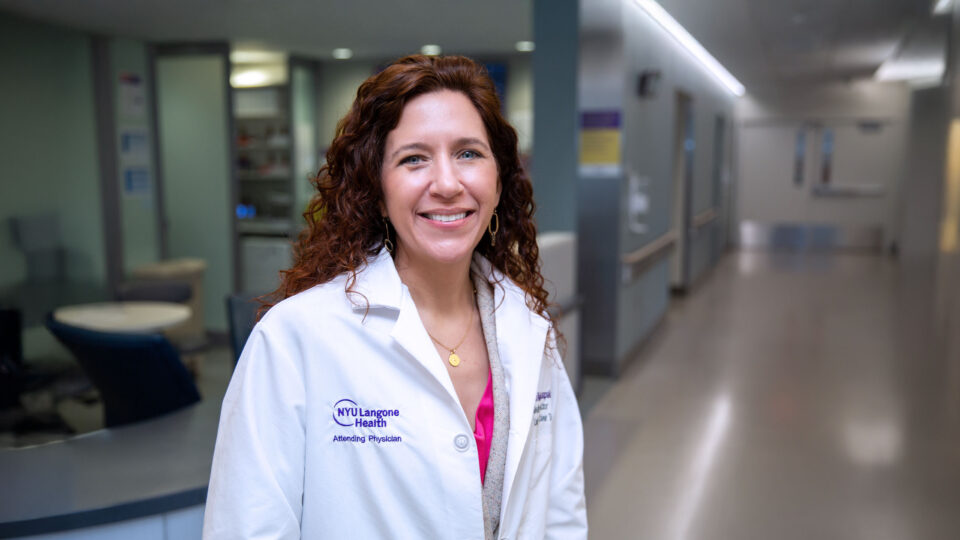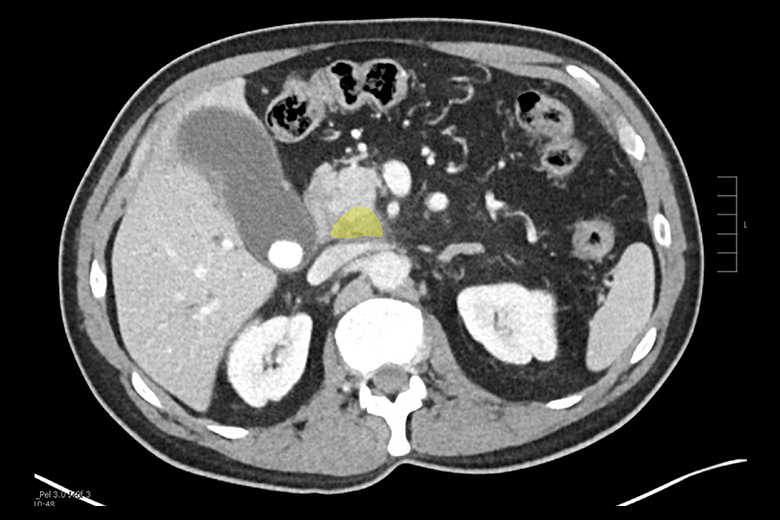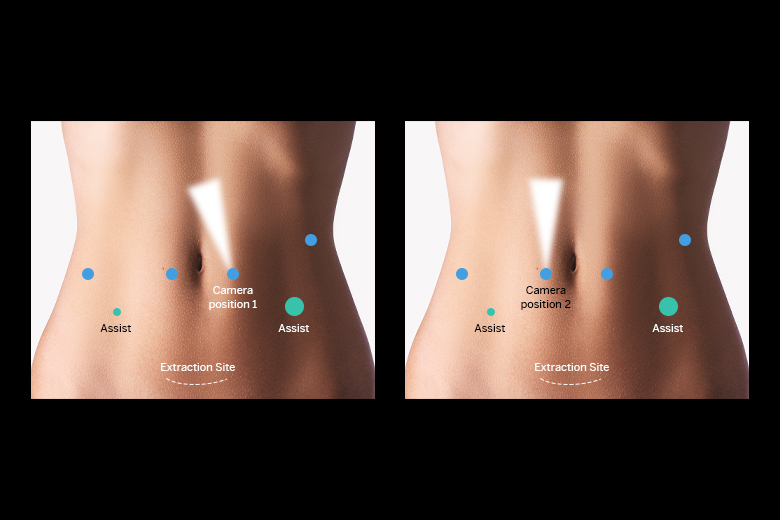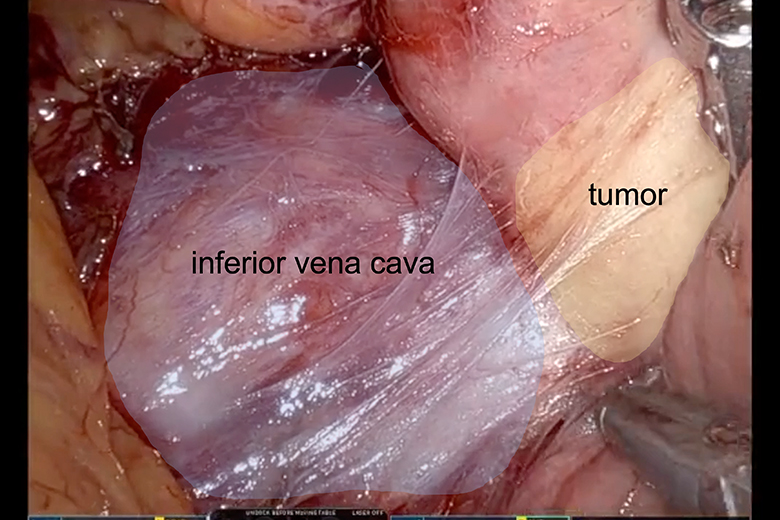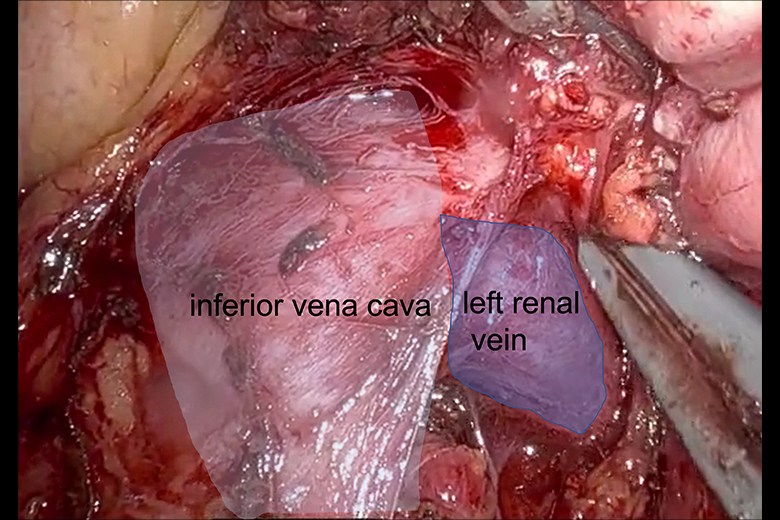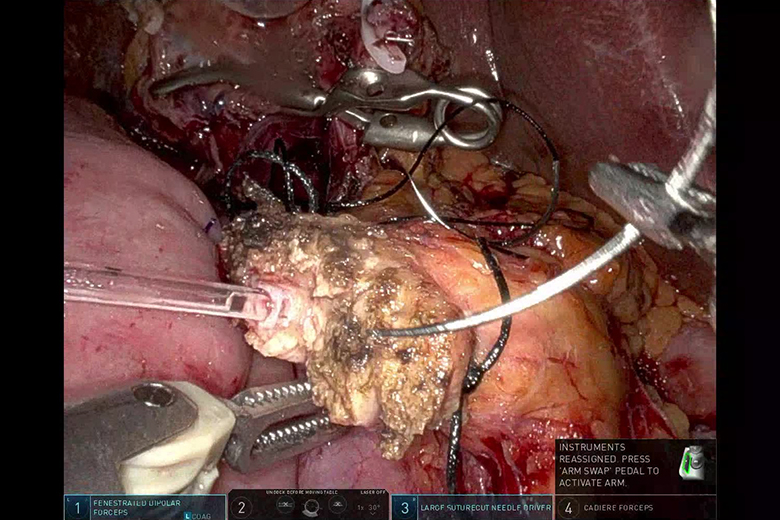Gastroenterology & GI Surgery

Expert Perspectives
Breaking Down Silos in Pancreatic Care
Co-directors of the Pancreatic Disease Program share their blueprint for integrating gastroenterology, oncology, and surgery.
NYU Langone Health:
A Leader in Gastroenterology & GI Surgery
Complex Case Spotlight
Robotic Whipple Offers Clear View of Complex Anatomy

The Best Experts and Latest Breakthroughs
Select your specialty to receive updates on our pioneering research, innovations, expert perspectives, case studies, practice-changing medicine, and more.




